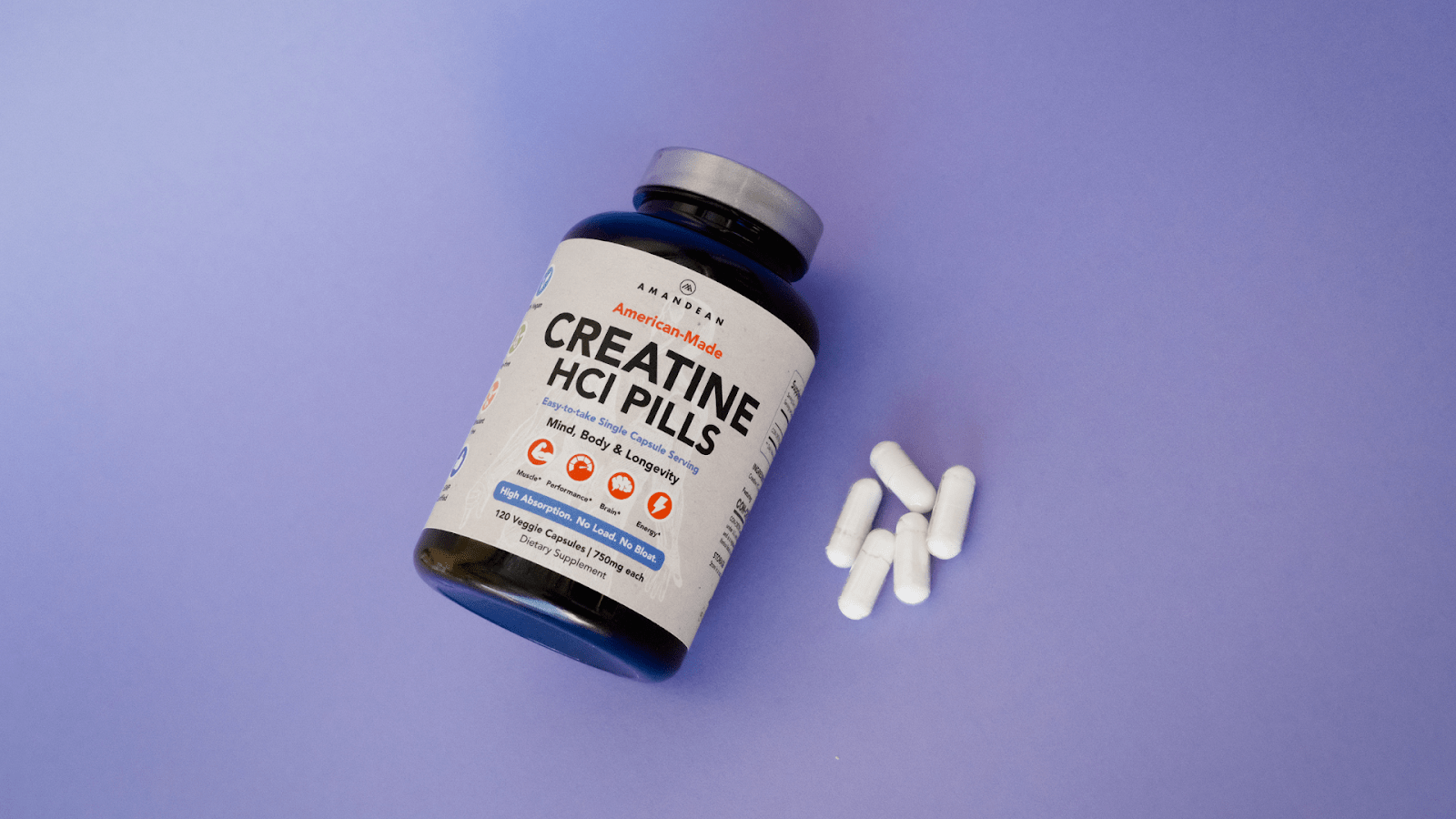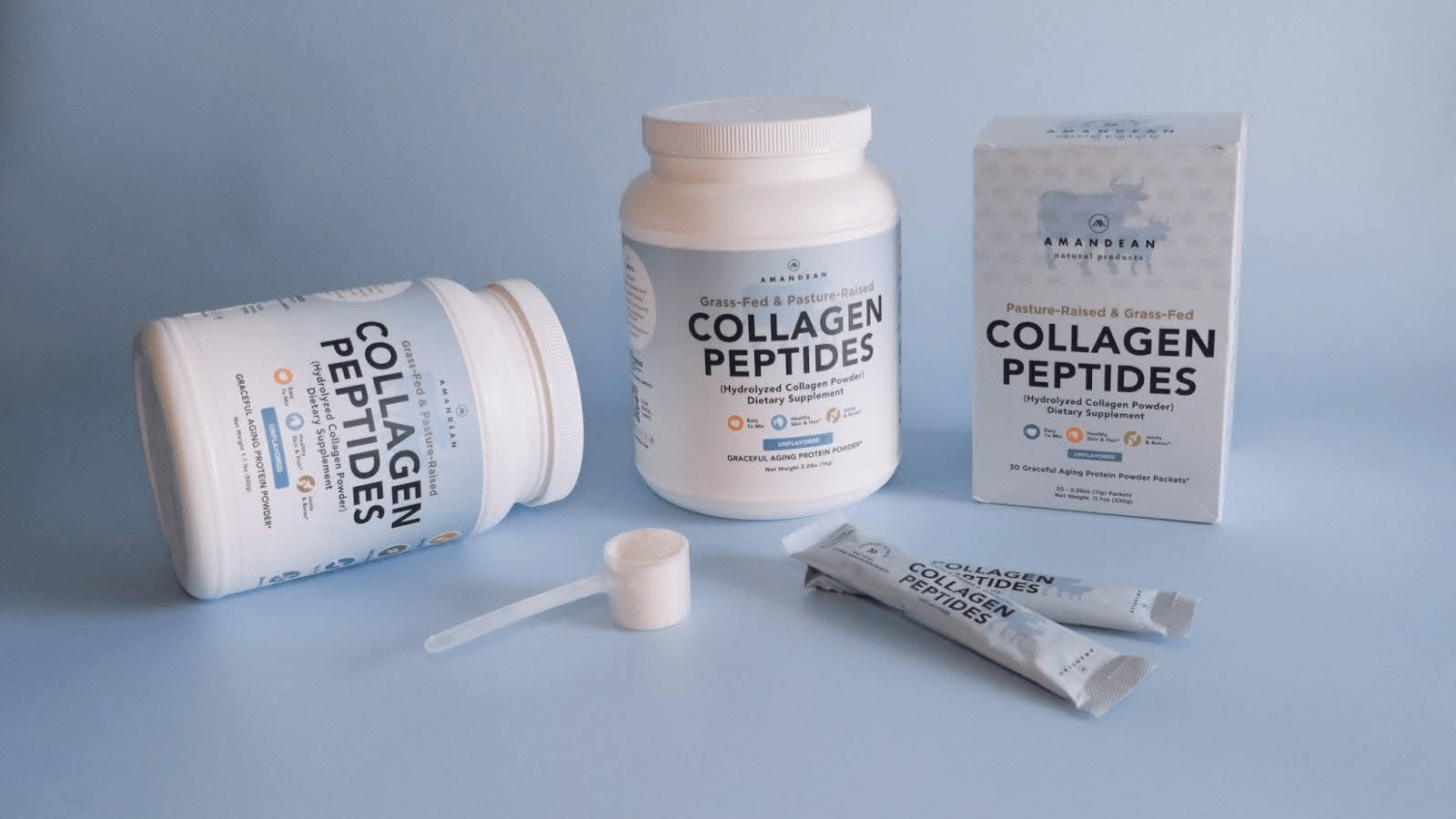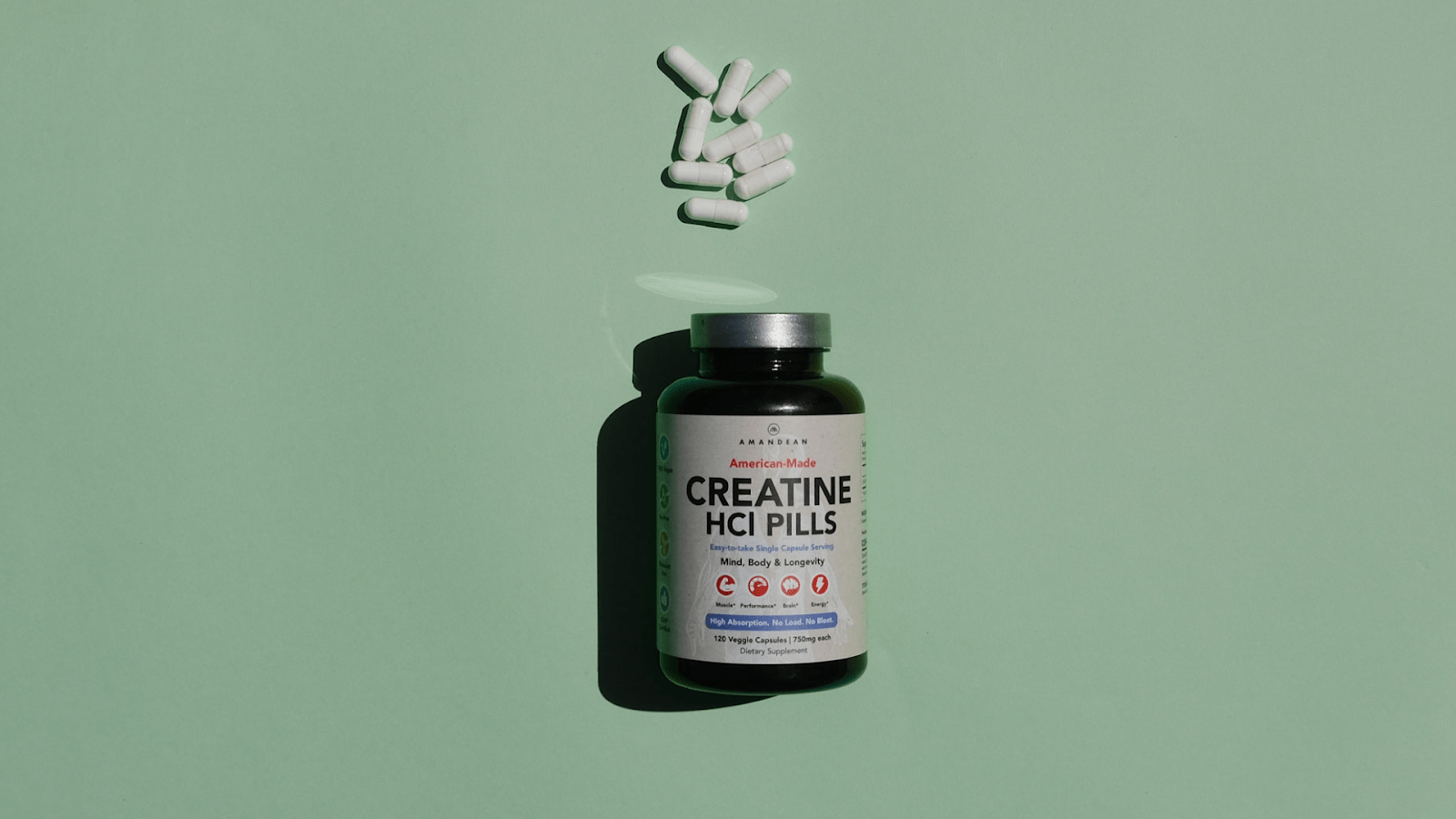Your Cart is Empty

February 17, 2020 10 min read
Intermittent Fasting is, without a doubt, one of the most prominent fitness and nutrition trends, as its popularity doesn’t seem to cease. Based on the premise that it is when we eat, not what we eat that really makes the difference, Intermittent Fasting, commonly referred to simply as IF, has taken over the routines of many people all over the world.
Take our quiz and find which supplements your body is craving.

Even though the focus is on the timing, not the actual choice of foods, we’re well aware that nutrition can be complex and requires looking at it from more than one angle. Therefore, when it comes to IF, we choose not to neglect the quality of foods incorporated, but rather to make it work to our advantage. By respecting your IF eating patterns AND controlling the choice of components of your nutrition, you’re combining the best of both worlds: health benefits and weight loss. Today we’re looking at how nutrition choices combined with collagen protein supplementation can promote the beneficial effects of IF during your fast break.
It is safe to say that Intermittent Fasting is more than a diet regimen or fad that some make it out to be - it’s truly a lifestyle. The secret behind this phenomenon lies in alternating cycles of eating and fasting, which means that you get to choose a specific window of time within each 24-hour period in which you consume food and a period in which you fast. Fasting is already present in many cultures and religions as an integral part of people’s lives. However, when it comes to IF, fasting is strictly related to numerous health benefits, as well as weight-loss people achieve from this nutritional pattern.
When it comes to IF, a person’s day consists of two stages: the fast (restrictive period) and the eating window. During the fasting period, no food is allowed whatsoever for this pattern to be effective. You are, however, allowed to consume non-caloric beverages, such as tea, unsweetened coffee, and of course water. Now, what may have confused you when it comes to IF is that people have different periods of fasting and eating. This is precisely one of the perks of being on an IF regime since it allows you to experiment and discover the best timing for your own individual needs.

When it comes to Intermittent Fasting models, there are 3 versions that are generally the most common: 16:8, 20:4, and 18:4. The first method, 16:8, seems to be the most appealing to a vast majority of people, since it is quite possibly the most moderate option. The first number stands for the longevity of fasting in hours, meaning that you’ll be fasting for 16 hours a day if you choose this method. On the other hand, the second number determines the hours of the eating window, in this case 8. What’s also important to mention about these patterns is that the numbers of hours aren’t necessarily strict, as small variations are completely acceptable in the sense that your body can still benefit from it. For instance, in the 16:8 model, it is completely fine to fast for 14-16 hours, as long as your eating window will last 8-10 hours.
While the fasting part is pretty much self-explanatory, some people have trouble understanding the concept of an eating window. During this time, you should have all your meals, which is why the 8-hour-window is considered the most adequate, since it allows you to properly organize each meal instead of having to combine them all into one big meal before the window “closes”. The popularity of the 16:8 partly lies in the fact that you can utilize the natural fasting period, sleep, as a major part of your fasting phase. Therefore, if you eat dinner at around 8 p.m., you will fast during the night, continue it when you wake up, and then have your first meal approximately at 12 p.m.
Now that we’ve introduced the concept of IF, it’s time we discussed the scientifically-backed benefits of this kind of lifestyle, since they represent the very core of this routine. Why would one subject themselves to fasting in the first place? First and foremost, IF has been shown to promote cellular repair by supporting the removal of waste material in them, a study on short-term fasting suggests. When it comes to weight loss, one of the main benefits of IF is that this kind of routine has been shown to decrease the blood levels of insulin, supporting the fat burning process.
Due to the fact that Intermittent Fasting has been found to promote the production of the growth hormone, it has also been linked to muscle building and fat burning as a consequence of that process. If you’re entering this process for the sake of weight loss, you’ll be happy to learn that short-term fasting has been found to increase the metabolic rate by 3.6-14%. Furthermore, according to research conducted by A. R. Barnosky and colleagues, people who stuck to this regime over a period of 3-24 weeks lost approximately 3-8% of their excess weight. Finally, a study conducted by Varady K. A. compared the two popular weight-loss methods: IF and daily caloric deficit. According to this study, IF has been found to promote healthy weight loss while preserving muscle mass, as opposed to continuous calorie restriction.

What’s more, due to its blood sugar lowering effects, IF has also been linked to insulin resistance and improvement in conditions triggered by high sugar levels. It should also be noted that IF may have positive effects when it comes to inflammatory processes, since it has been shown to promote the body’s defense system against oxidative damage.
Another health benefit of IF concerns cognitive functions and overall brain health, as this diet regime has been shown to promote the production of new nerve cells. What’s more, IF has also been associated with the optimization of an important brain hormone, brain-derived neurotrophic factor (BDNF), a lack of which is regarded as one of the core factors in various issues, including depression.
Now that we’re pretty familiar with the concept and benefits of fasting, let’s talk a bit about the other aspect of IF: the so-called eating window. As we’ve explained before, this phase of your journey should not be neglected, as it is just as important as the fasting part. Even though fasting has proven to be highly beneficial, your body still requires nutrients, and your selection of foods and products for replenishing it is crucial.
Immediately after your fasting period, it's common to feel extreme hunger at first, especially if you’re just starting out with IF. Even though experts say most people adapt to this regime and don’t feel overly hungry at the end of their fasting period, it is only normal for you to have cravings. What you should do at this point is exercise self-control and refrain from indulging in “heavy” foods that are high in fat, sugar, or even fiber. Basically, you should ease yourself into the eating window, allowing your body to slowly adapt to the change and avoid digestive issues.

Easily digestible foods to slowly break your fast, but still obtain the needed nutrients include soups containing protein and carbs such as pasta, tofu, or lentils. When it comes to soups, you want to stay away from heavy cream, as well as raw vegetables if you find that high amounts of fiber make you bloated.
If you’re craving vegetables, but you want to stay away from high-fiber, you should stick to starchy veggies such as potatoes, which are also a great source of carbs for your energy. A great option for gentle fast-breaking foods are those high in healthy fats, such as eggs and avocado, which are also a great option to start your day in case you have an eating window in the morning.
When it comes to fasting, as well as breaking a fast, it is always wise to pick up a trick or two from people who have been doing it their whole lives - and not just as a diet routine. In Saudi Arabia people commonly gravitate toward dried fruits, specifically dates, to break their fast, due to their concentrated nutrient composition.
Also, another way to replenish your body without overwhelming your digestive system is by consuming blended beverages such as smoothies as they contain less fiber than raw veggies and fruits. And speaking of blended drinks, there are other easily digestible clean sources of valuable nutrients such as protein that you could add into your fast-breaking smoothie - one of them being an all-natural Collagen Peptides supplement.
Collagen, known as the substance that provides the body with structure and strength, has to be one of the most important nutrients when it comes to a healthy, balanced diet. As the most prominent bodily protein, collagen can be found in pretty much every single body part, including bones, connective tissues, as well as skin. While collagen is naturally produced and available in our bodies, we’re not granted a lifetime subscription due to many environmental and lifestyle factors, as well as the inevitable natural aging process, which is precisely where the importance of non-GMO Collagen supplementation lies.

So, besides the natural decline of collagen production as you age, why do we put emphasis on consistent collagen supplementation, especially during the eating window in IF? First and foremost, in order to keep your energy levels high, you need an adequate amount of protein. According to a review provided by the British Nutrition Foundation, approximately 10-15% of dietary energy is obtained from protein. What’s more, the aforementioned review states that adults should not go below the daily protein requirement of approximately 0.6g of protein per kilogram bodyweight.
Furthermore, if one of your primary objectives concerning IF is weight loss, you should know that collagen has been found to promote this process by increasing satiety due to its high protein content. In addition, supplementing with fat-free Collagen Peptides has been shown to promote lean musclemass, even in cases of muscle loss and degenerative conditions, a study conducted by D. Zdzieblik et al. suggests. The secret behind collagen’s role in muscle mass building may be in its stimulating effect when it comes to muscle protein synthesis.
Collagen is also the key factor in skin health, given that it is largely present in its structure. This protein has been found to promote skin elasticity, moisture, and strength, managing skin dryness, texture, and the appearance of aging hallmarks. What’s more, collagen is also the prevailing component of bones, giving them structure and resilience.
Another aspect of your well-being that you should be mindful of while on Intermittent Fasting is gut health. As we’ve mentioned before, your digestive system could be sensitive to certain foods after the fasting period, which is completely normal. Not only should you take care of your gut flora to avoid digestive issues, but also to support its numerous functions, including its extremely important connection to the brain. Collagen protein, particularly Grass-Fed Beef Gelatin, has been found to protect the gut lining by supporting its structure and keeping it intact by creating a protective layer.
When starting any diet or adopting a new lifestyle change, we set goals in order to stay motivated and driven. While focusing on objectives such as weight loss and fat loss is a valid, what should never be neglected is healthy nutrition and a balance of vital nutrients - such as collagen - necessary for our normal functioning. Therefore, as significant as fasting is for Intermittent Fasting, keep in mind that your eating-window nutrition should not come as an afterthought. It is just as important, if not more. For more all-natural, fat-free supplements, head over to our online store. Happy fasting and eating!
Article References:

October 17, 2025 8 min read
Find out why creatine is better for vegans! Boost your wellness game and unlock peak performance with Amandean's premium supplements today.

October 16, 2025 7 min read
Learn whether collagen in coffee is just another wellness fad. Examine the facts, benefits, and how to use collagen in coffee for beauty and joint support.

September 22, 2025 9 min read
Unlock the full benefits of creatine for women. Boost energy, beauty, and brainpower with Amandean’s clean formulas.